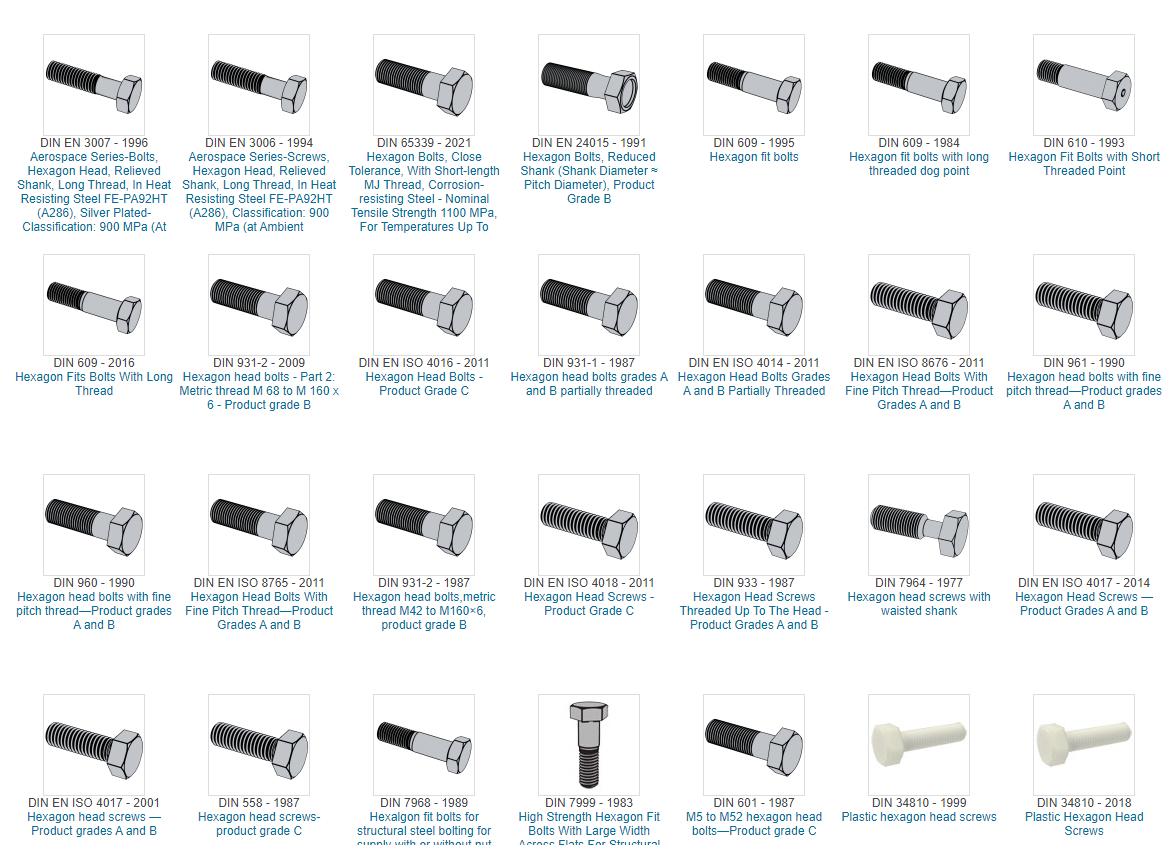When browsing quotes for various products including screws, we often come across the "DIN" designation and the corresponding number. For the uninitiated, these terms have no meaning in the subject. At the same time, choosing the right type of screw is very important. We looked at what DIN standards mean and why you should read them.
The acronym DIN itself comes from the name of the German Institute for Standardization (Deutsches Institut für Normung), which stands for standards set by this body. These standards address the quality, durability and application of the finished product.
DIN standards cover various fields. They are used not only in Germany but also in various other countries including Poland. However, the DIN standard was converted to the names PN (Polish Standard) and ISO (General World Standard). There are many such logos, depending on the product they refer to. For example, there are dozens of DIN standards related to bolts, all marked with specific numbers. Shredders, connectors, ski equipment, cables and even first aid kits also have DIN standards.
The DIN standards applicable to screw manufacturers are also divided into different types. A specific name, DIN+number, defines a specific bolt type. This division can be found in standard conversion tables prepared by bolt manufacturers.
For example, the most popular and commonly used bolt types are DIN 933 bolts, i.e. hexagon head bolts and full threaded bolts, made of carbon steel of mechanical property class 8.8 or stainless steel A2. DIN 931 screws are also often sought, namely incomplete threaded hexagon screws, made of carbon steel of mechanical property class 8.8 or stainless steel A2.
The DIN standard is the same type as the screw. If the exact designation of the bolt is not included in the product list but the DIN designation, the conversion table must be consulted. For example, DIN screws. This will allow you to find the right product and adapt it to your needs and application. Therefore, knowing the DIN standard is the same as knowing the screw type. Therefore, it is worth exploring this topic in order to provide detailed technical guidance when converting to Polish and international standards.

Post time: Jul-11-2022
